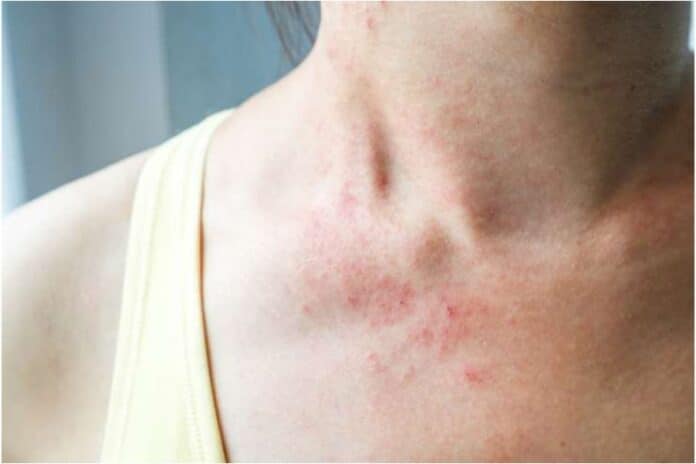Affiliate Disclaimer
Some links in this article are affiliate links. We may earn a small commission if you make a purchase through these links, at no extra cost to you. We only recommend products we find useful to our readersA neck rash may not seem like much, but it can significantly influence day-to-day living for individuals with it. It can bring unanticipated disruptions to your routine, whether it’s the discomfort of redness, the constant itching, or the self-consciousness brought on by obvious irritation. Sweating, allergic reactions, skin disorders like eczema, and even environmental triggers can all result in these rashes.
Neck rashes are, therefore, among the most prevalent but frequently disregarded skin conditions. With the correct knowledge and treatments, most neck rashes are entirely treatable.
Let’s explore practical ways to recognize, manage, and avoid them.
Causes of Rash on the Neck?
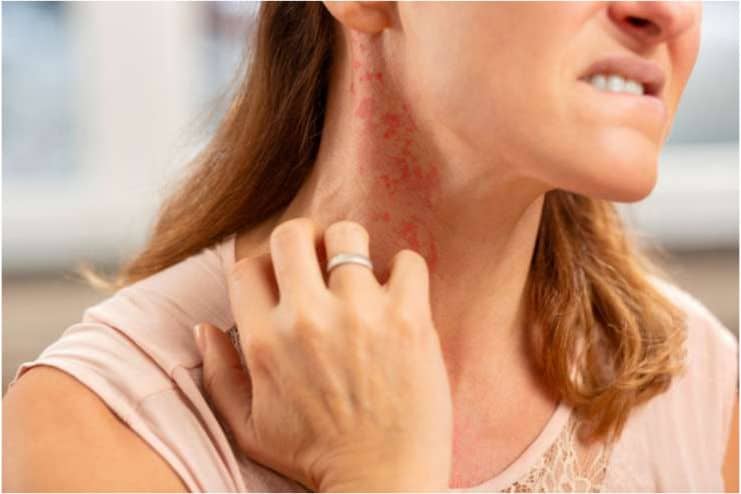
Numerous reasons may cause a rash on the neck. Some of the main causes are listed below.
● Contact Dermatitis
When a rash appears on the area of the skin that comes into contact with chemical irritants or allergens, such as foods, pharmaceuticals, or environmental materials like dust mites or pollen, it is known as contact dermatitis.
Common irritants include soaps, shampoos, laundry detergents, topical creams and lotions, metal jewelry, hair colors, and specific textiles. Urticaria, or hives, are painful, elevated, red bumps or welts that turn white in the center when pressed. They might accompany a neck rash caused by allergic reactions to foods, drugs, or environmental irritants.
● Eczema
Eczema is a collection of chronic (long-term) inflammatory skin disorders that may occur anywhere on the skin, including the neck. More than 26 million Americans, both adults and children, suffer from atopic dermatitis, the most prevalent type of eczema.
Eczema sufferers frequently experience flare-ups or worsening symptoms, followed by remissions or when symptoms subside and the skin becomes clear.
● Infections
A neck rash may result from bacterial, fungal, viral, or parasitic illnesses. Depending on the kind of infection, infectious bacteria can enter the body through an open wound or cut on the skin or spread by direct skin-to-skin contact with an infected person, contact with contaminated surfaces, or inhalation of airborne droplets.
● Psoriasis
Thick, scaly patches result from excessive skin cell growth in psoriasis, a persistent inflammatory condition. Although scalp psoriasis can affect any part of the skin, those with it frequently develop thick, crusted plaques or dry, cracked skin on the back of their neck with a silvery sheen.
● Heat Rash
A skin irritation known as heat rash, or miliaria rubra, occurs when sweat cannot evaporate because of hot, muggy conditions or clothing that retains moisture beneath the skin. Sweat trapped in the sweat ducts can cause irritation, inflammation, and a rash on the neck or other parts of the body where there is a lot of friction, like when clothes press against the skin or skin rubs against the skin.
● Measles
The viral condition that causes the appearance of widespread itchy rashes and red bumps is known as measles. These rashes, too, are found on the neck, face, and back of the body.
How to Identify a Neck Rash?
Doctors use a physical examination to diagnose a rash. Your healthcare professional will assess the rash and record any additional symptoms you may have, whether they are related to the rash or appear unrelated.
A rash exam could consist of:
- An allergy patch test to determine if an allergen or irritant caused the rash.
- A blood test to look for any indications of sickness or infection.
- A skin biopsy to look for infections or skin conditions.
Related Articles: Heat Rash: Causes, Symptoms, Treatment and Prevention
How To Treat A Rash On The Neck?
You can frequently treat a neck rash with self-care techniques like:
- Natural Home Remedies: refer to the next section for effective, natural ways to treat a heat rash at home
- OTC (over-the-counter) creams that reduce itching
- Moisturizing products like CeraVe, Eucerin, or Cetaphil
- Gels or lotions for cooling, like calamine lotion
- Cool compresses
- Refraining from itching, even if it means covering your neck
- Drugs for allergies like diphenhydramine (Benadryl)
Your doctor may recommend the following therapies if self-care doesn’t relieve your itching:
- Creams containing corticosteroid.
- Calcineurin inhibitors include pimecrolimus (Elidel) and tacrolimus (Protopic).
- Sertraline (Zoloft) and fluoxetine (Prozac) are few examples of selective serotonin reuptake inhibitors.
- Phototherapy with various ultraviolet light wavelengths.
Home Remedies for a Rash on Neck
You can use home remedies to treat your neck rash. Some of the most effective home remedies for this problem are as follows.
1. Cold Compress
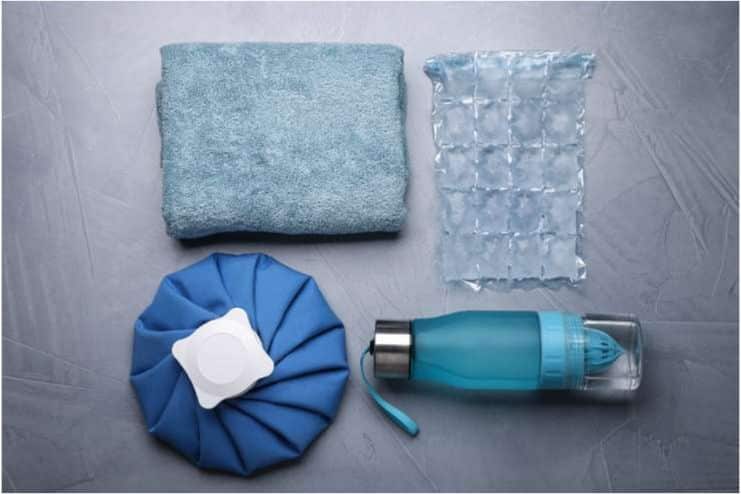
Cold might numb the irritated area. Applying cold water or ice to a rash will help reduce swelling and inflammation and nearly instantly relieve itching. You can use a damp cloth, a cold compress, or cold water. A cool bath or shower might be more effective for rashes that cover a more significant portion of the body or that affect an area that is challenging to cover with an ice pack.
2. Coconut Oil
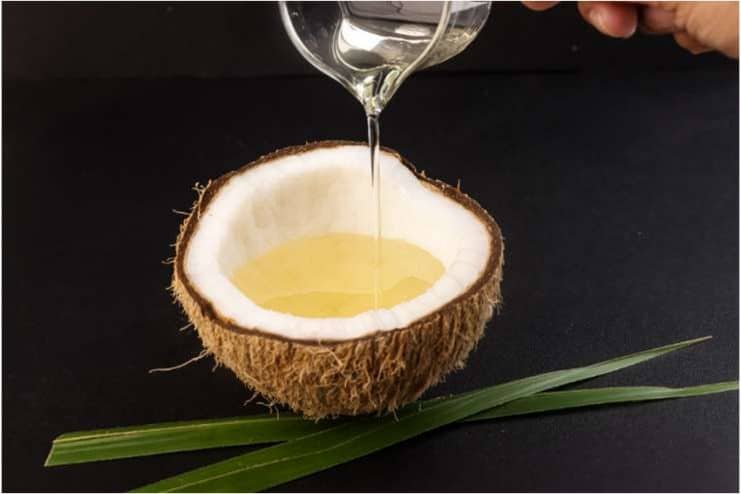
Manufacturers extract coconut oil from the meat and milk of coconuts. The oil contains medium-chain fatty acids that have antiviral, antibacterial, anti-inflammatory, and restorative properties. Researchers have found that a monoglyceride derived from lauric acid, which makes up about half of the fat in coconut oil, has antimicrobial properties.
To treat a neck rash, gently clean the affected area with a mild soap and water, then apply a thin layer of coconut oil to the rash. Allow it to absorb into the skin, repeating this process 2-3 times daily for soothing relief and to promote healing.
3. Aloe Vera Gel
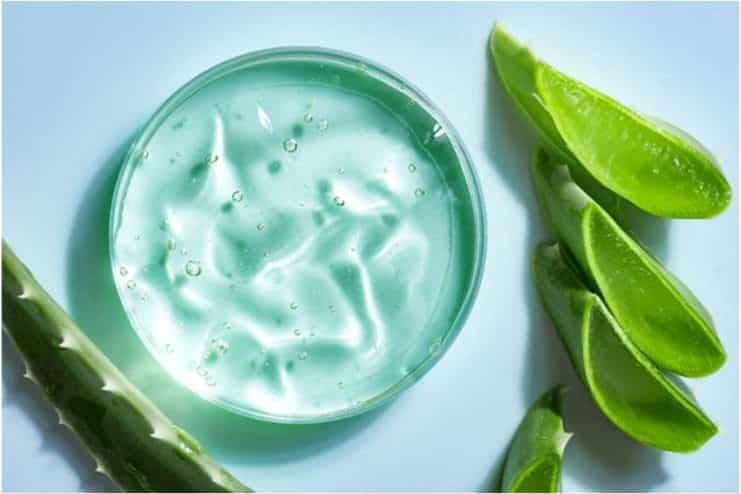
For generations, aloe vera has been used for skin care and health treatments. It has anti-inflammatory, antiviral, antibacterial, and antioxidant properties, and it has been used for wound healing.
Irritated and itchy skin can be relieved by applying aloe vera gel.
4. Cocoa Butter
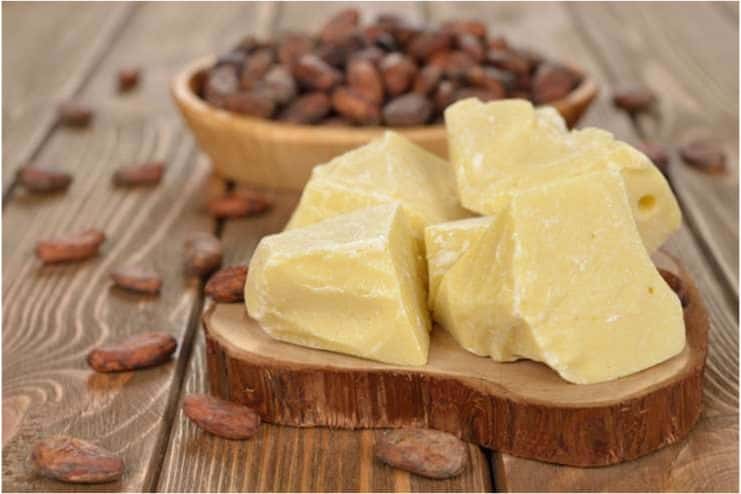
Research indicates that cocoa mass polyphenols, found in cocoa butter, can help reduce signs of aging and soothe rashes on sensitive skin. These antioxidants, known as polyphenols, provide health benefits when applied to the skin or consumed. The polyphenols in cocoa have been shown to combat various chronic illnesses, skin deterioration, allergies, and even cell mutations.
To treat a neck rash, take a small amount of cocoa butter and very gently massage it into the affected area until it is absorbed. Repeat this process 2-3 times daily to moisturize the skin, reduce inflammation, and promote healing.
5. Honey
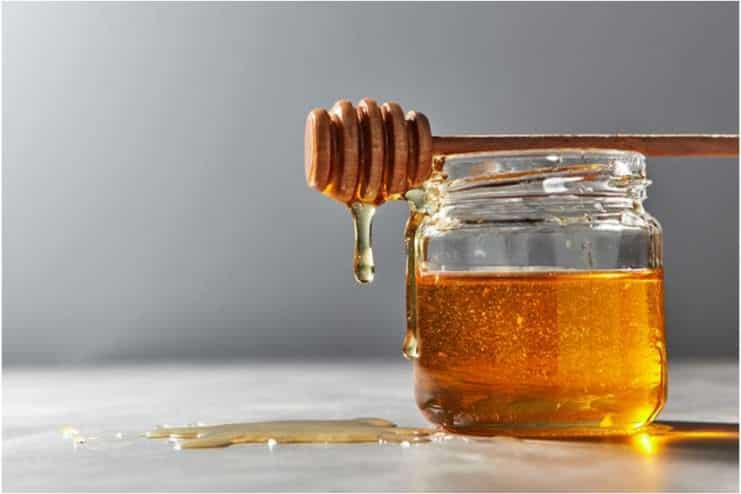
Honey contains anti-inflammatory and antibacterial properties and is highly effective in reducing swelling and controlling the risk of severe infections.
Honey can be applied directly to the neck area in a thin layer. Leave it for 20-30 minutes before rinsing with lukewarm water to soothe the rash and help it heal.
6. Baking Soda
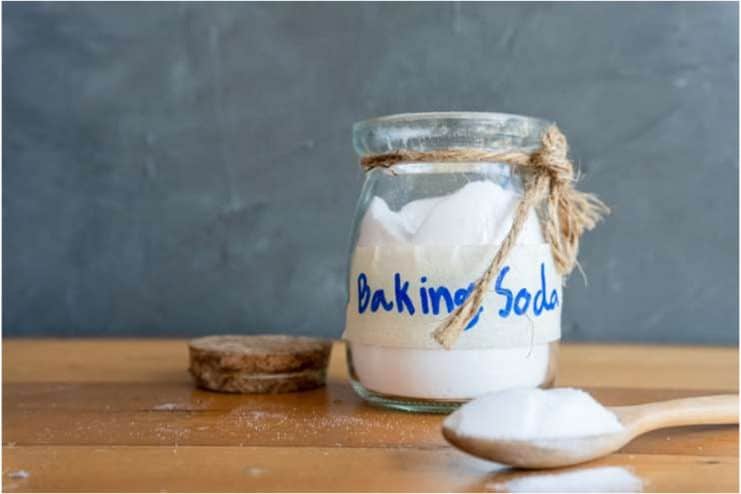
Baking soda, scientifically known as sodium bicarbonate, is a traditional home remedy for various irritating skin conditions such as rashes, poison ivy, and insect bites. It has also been shown to effectively reduce inflammation associated with psoriasis.
This efficacy may be attributed to its chemical composition, which acts as a buffer, helping to maintain a stable acid-base balance in solutions. Baking soda can soothe and calm irritated skin by balancing the skin’s pH.
To treat a neck rash with baking soda, create a smooth paste by mixing it with a little water or adding baking soda to your bath. Apply the paste to the affected area, leave it on for 10-15 minutes, and then rinse off with lukewarm water. Baking soda can help soothe irritation and reduce inflammation.
7. Tea Tree Oil
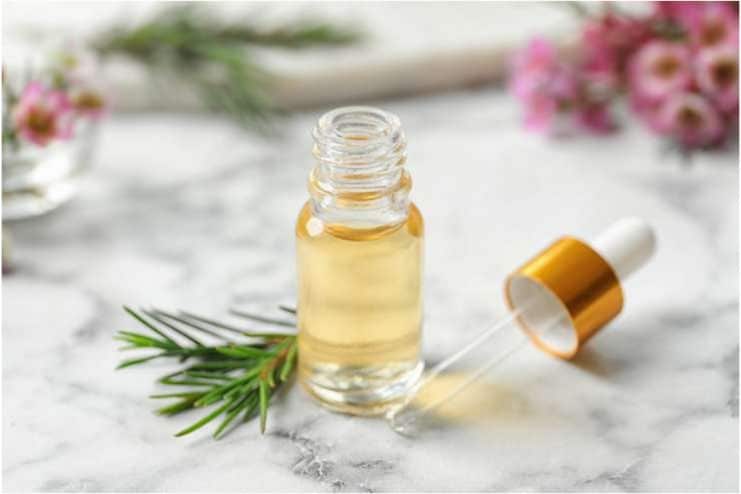
The tea tree (Melaleuca alternifolia), which is native to Australia, was originally used by the Aboriginal population for its antibacterial and anti-inflammatory properties. Manufacturers produce tea tree oil through a process called steam distillation.
While the precise mechanism of its effectiveness is not fully understood, tea tree oil has proven to be effective against skin infections caused by bacteria, viruses, fungi, and protozoa.
Dilute a few drops of tea tree oil with a carrier oil like coconut, almond, or avocado. Apply the diluted oil to the affected area. Repeat a few times a day.
Related Articles: Lupus Rash Treatment – Everything You Must Know
When to see the doctor?
Most neck rashes cause no harm and can be treated at home or with over-the-counter medications, but some require medical attention. If your rash doesn’t go away within a week of attempting simple fixes, it’s time to see a doctor.
Also watch for signs such as extreme swelling, excruciating pain, blistering, or the rash quickly spreading to other parts of your body.
A rash can occasionally indicate a more serious condition, such as an infection. This allergic reaction calls for harsher therapy or long-term skin disorders like psoriasis or eczema. Get medical attention immediately if the rash is accompanied by fever, dyspnea, or lightheadedness, as these symptoms may indicate a severe infection or allergic reaction.
Related Articles: How to Cure Small Itchy Bumps on Skin
Conclusion
Although they appear to be a minor annoyance, neck rashes indicate something more serious. By determining the underlying cause—an allergy, skin irritation, or infection —you can find the best remedy to calm and heal your skin. Simple treatments like cold compresses, aloe vera, and over-the-counter lotions can benefit mild cases.
But don’t be afraid to get medical help if your symptoms worsen or continue. Early intervention guarantees a speedier recovery and avoids more difficulties. Don’t put off getting the assistance you require because your skin deserves the utmost treatment.
-
Aug 2017Written by Prajakt K
-
Jan 2025Edited by Ankita Sethy
References
- https://www.verywellhealth.com/neck-rash-6500362
- https://www.health.com/rash-on-neck-8699942
- https://my.clevelandclinic.org/health/diseases/17413-rashes-red-skin
- https://my.clevelandclinic.org/health/symptoms/itchy-neck
- https://www.healthline.com/health/itchy-neck#treatment
- https://www.medicalnewstoday.com/articles/eczema-on-neck
- https://draxe.com/beauty/6-rash-natural-remedies/
- https://www.medifind.com/symptoms/top-10-causes-of-neck-rash
In this Article













